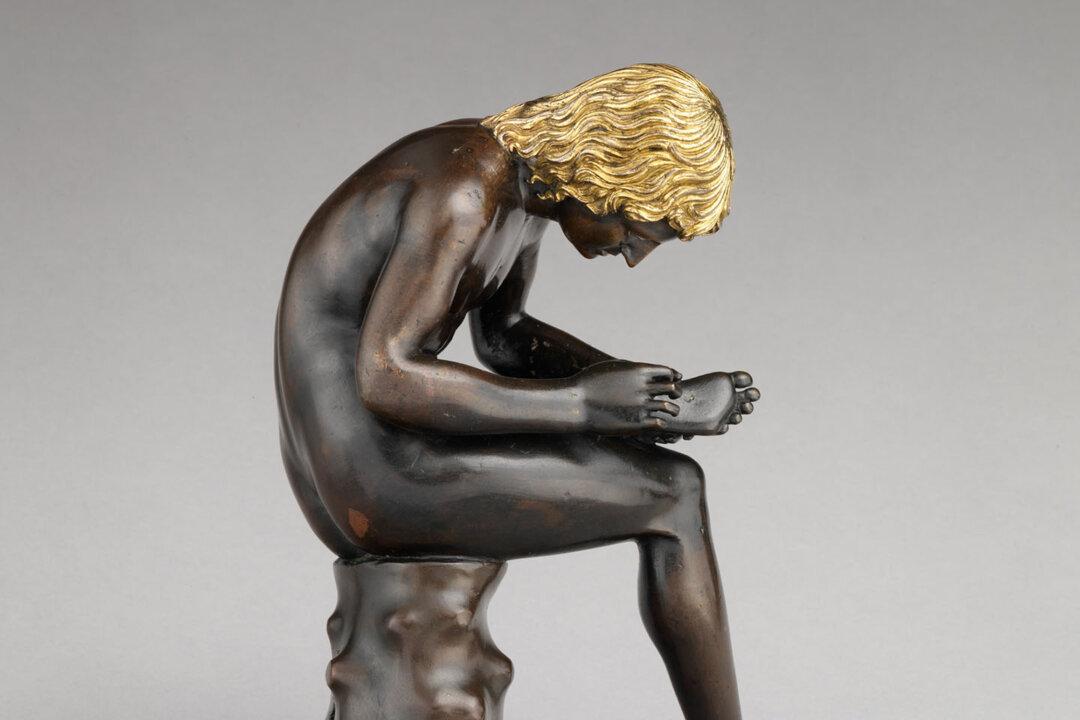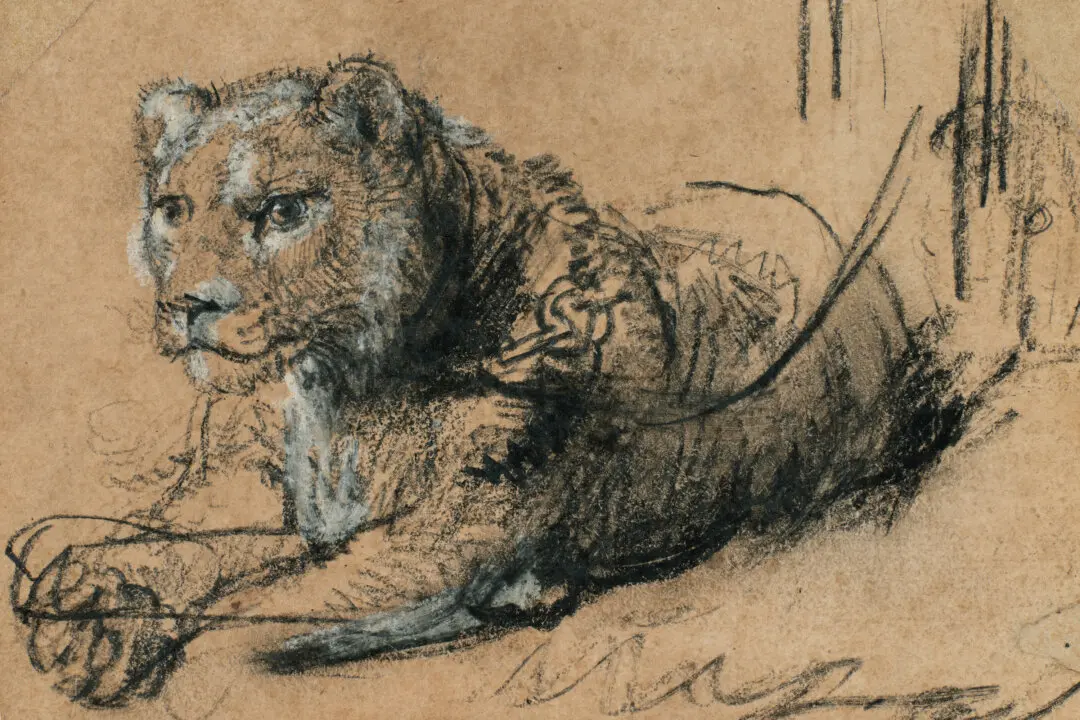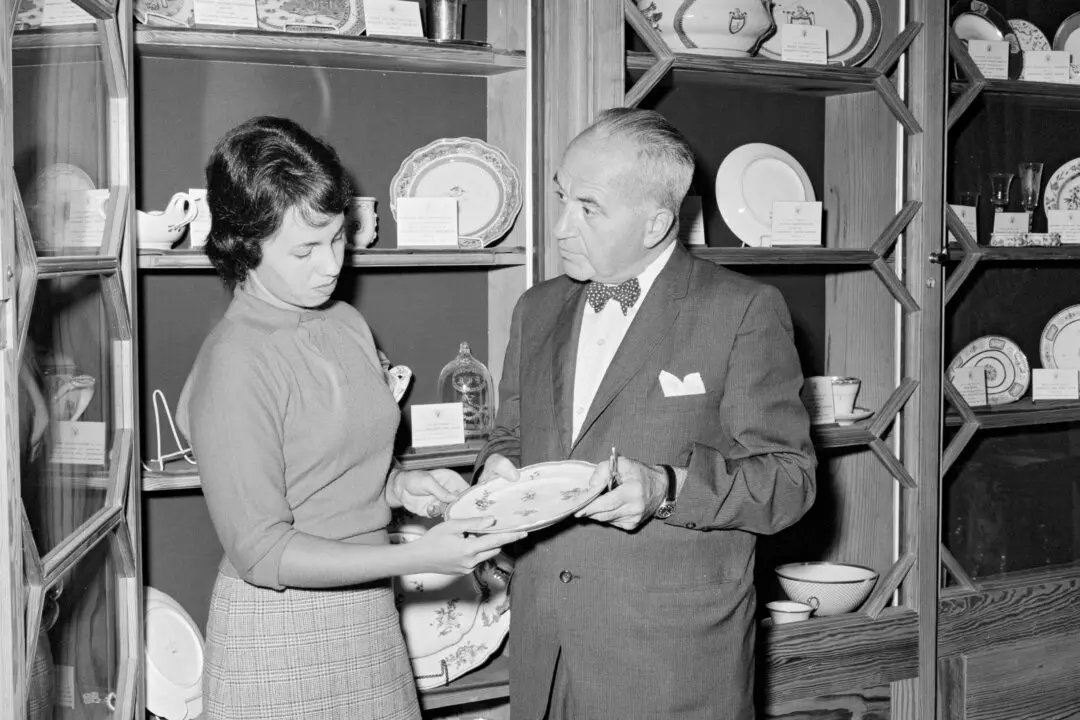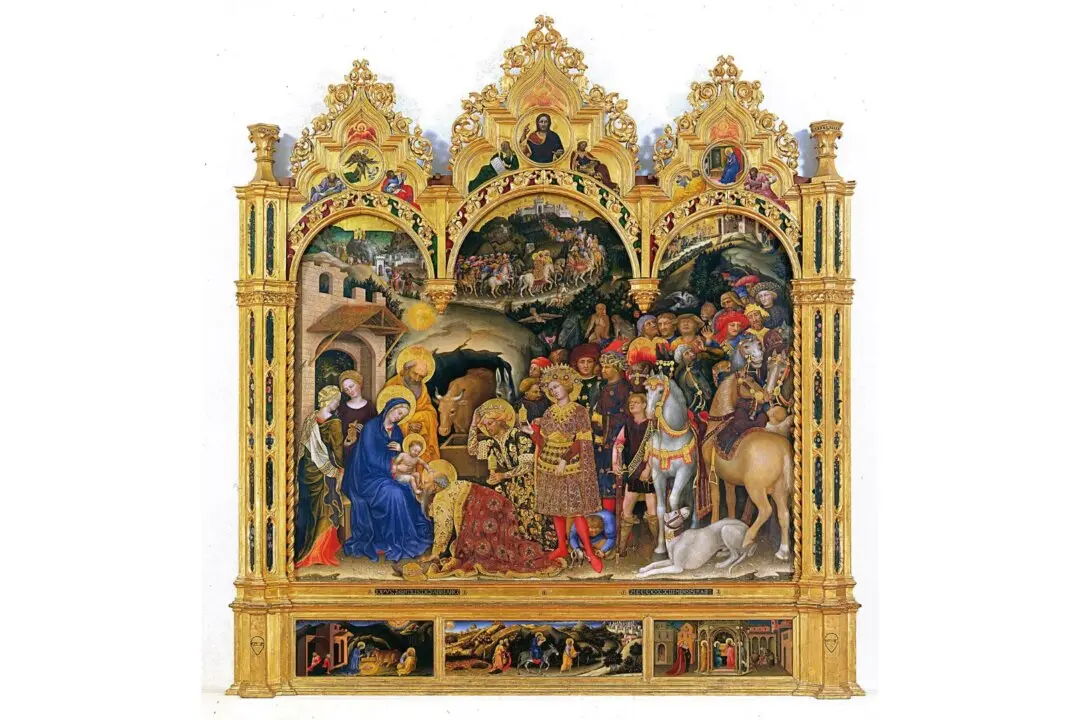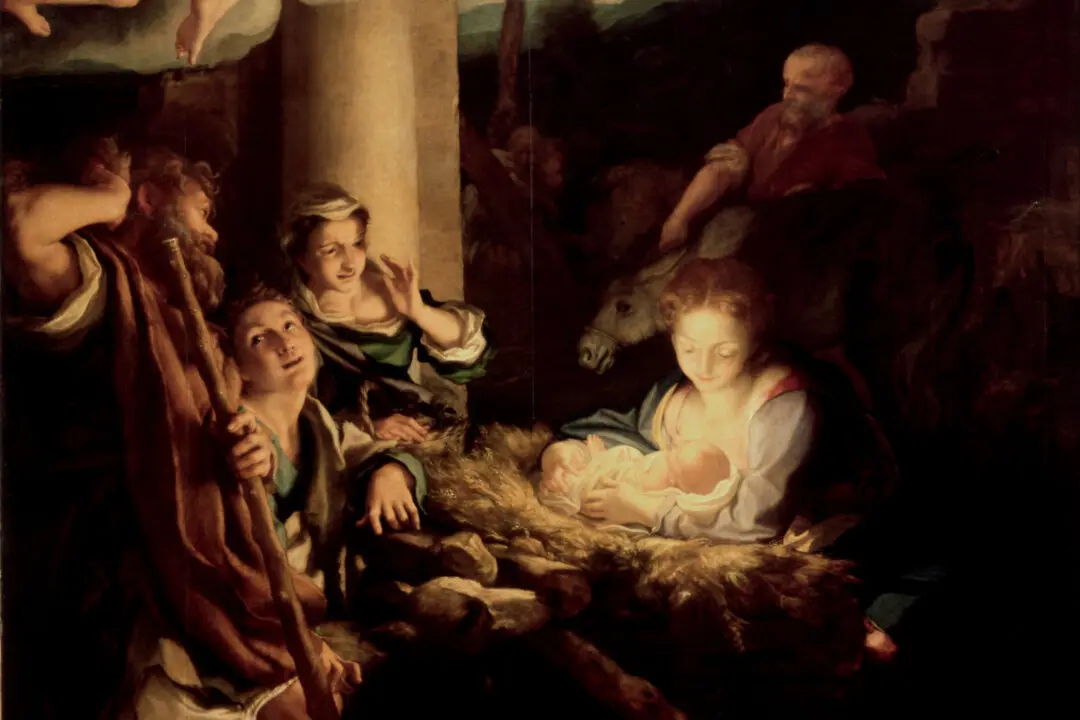Sculpture is often used as a medium to immortalize important people and stories. Throughout the ages, popular subject matter has included mythological scenes, political leaders, and religious figures. However, one of the most prominent individual themes in classical sculpture does not fit into any of these grand categories. The image of the “Spinario,” also known as the “Thorn-Puller,” shows a seated nude boy concentrating intensely on removing a thorn from his foot. This premise has profoundly inspired artists for thousands of years.
Versions of varying skill and scale made in materials such as bronze, marble, and plaster can be found in collections throughout the world. The staying power of the Spinario stems from its representation of a simple act that nevertheless requires great artistic talent to compellingly capture the human body and its emotions.

